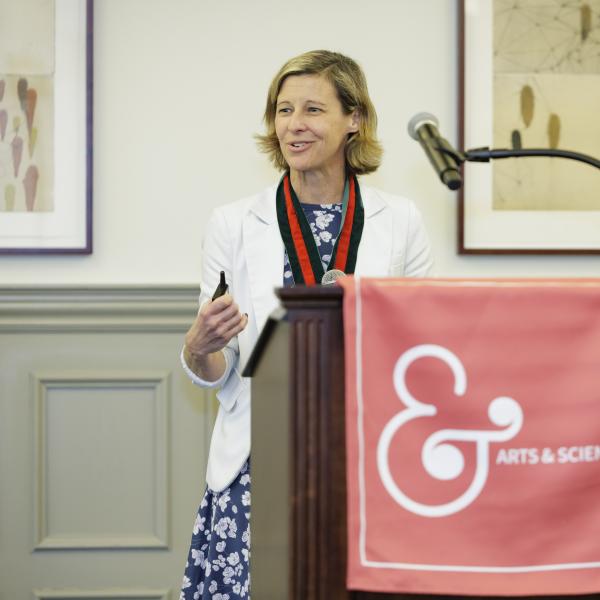Media studies scholar Ian Bogost explores new ways of thinking about creativity and play.

To be creative, the old adage goes, you have to think outside the box. Creative thinkers bring something new to the problem. For Ian Bogost, however, creativity is not something we bring to the world – it’s a feature of the physical world itself. To be creative, he argues, you have to learn to think inside the box.
Bogost, director and professor of film and media studies in Arts & Sciences and professor of computer science and engineering in the McKelvey School of Engineering, is an award-winning game designer and author, most recently of Play Anything: The Pleasure of Limits, the Uses of Boredom, and the Secret of Games. In a series of three talks for the 2021 Humanities Lecture Series, hosted by the Interdisciplinary Project in the Humanities, Bogost challenged members of the audience to rethink their notions of creativity and play – especially the false dichotomy of play and work.
“Play is the feeling of using something, of exploring what an object, experience, or relationship can do,” Bogost said. This approach is liberating, he explained, because it frees us from dividing our lives into productive and unproductive areas. “We can think and play without worrying that play is some kind of indulgence,” he said.
Bogost’s research into play comes out of his longstanding interest in video games, as a game designer as well as player and scholar. Fascinated by the joy found in repetition in games, like when players make Mario leap over obstacle after obstacle for hours, he wondered if the pleasure of repetition could also be applied to everyday life.
"Play isn’t about you. It’s about everything else and what you manage to do with it."
“What if you could see your morning breakfast or dishwasher routine as having the same potential for delight as a game, like the popular multiplayer game “Overwatch” does? The more playful we can get in more circumstances, and the more we experience the delight or fun that we’ve relegated to specific domains, the better we get at it in everything else.”





For Bogost, play is the aesthetic version of a very basic way that we interact with the world – a system that has limitations we can engage with and from which creativity can arise. View Bogost’s full “Thinking inside the box” lecture for more insights.



